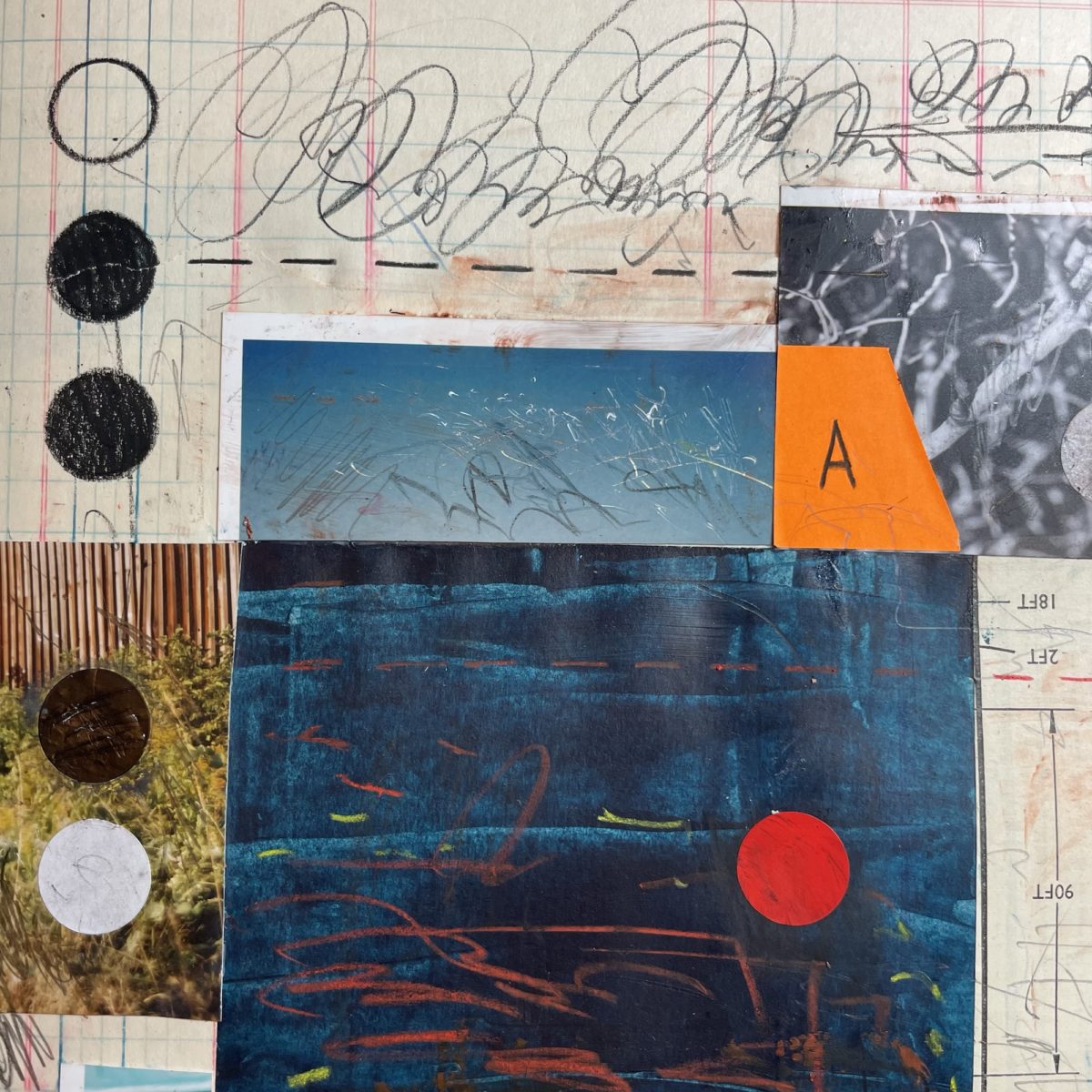In many creative acts/processes, learning “how” to do something is mostly discoverable. The act is the how.

Playing a piano is the act of touching the keys. Drawing is the act of moving a mark-making tool on a surface that will accept its marks.
Many people assume that learning how is a practice of mastery — that we don’t truly know how to do something until the output or the artifact of the act is deemed acceptable. We must play songs on a piano. We must represent a person or an object by drawing.
Both of those cases may be valid personal goals but they could also be described more as the “what” of a creative process than the how.
Freeing ourselves to understand how as the inherent act of discovery means we can gain a better understanding of what we want to make and even “why” we want to make it.
Certainly there are layers and nuances in how something is done. We can be open to “improvement” within a process or more appropriately “change”.
Our fingers and ear may discover pathways across the keys of a piano that become songs. We might learn about song structure, scales, and techniques that inform what how means. But the how is still represented in that initial act of pressing down a key and hearing the responding strike of a hammer on a wire.
It’s good to find trust and power in the initial acts of discovery that lead us to knowledge and maybe even mastery if that’s a goal we choose. Hold on to the first tentative marks, the mixing of unfamiliar media, the “mistakes” and “failures” along the way.
